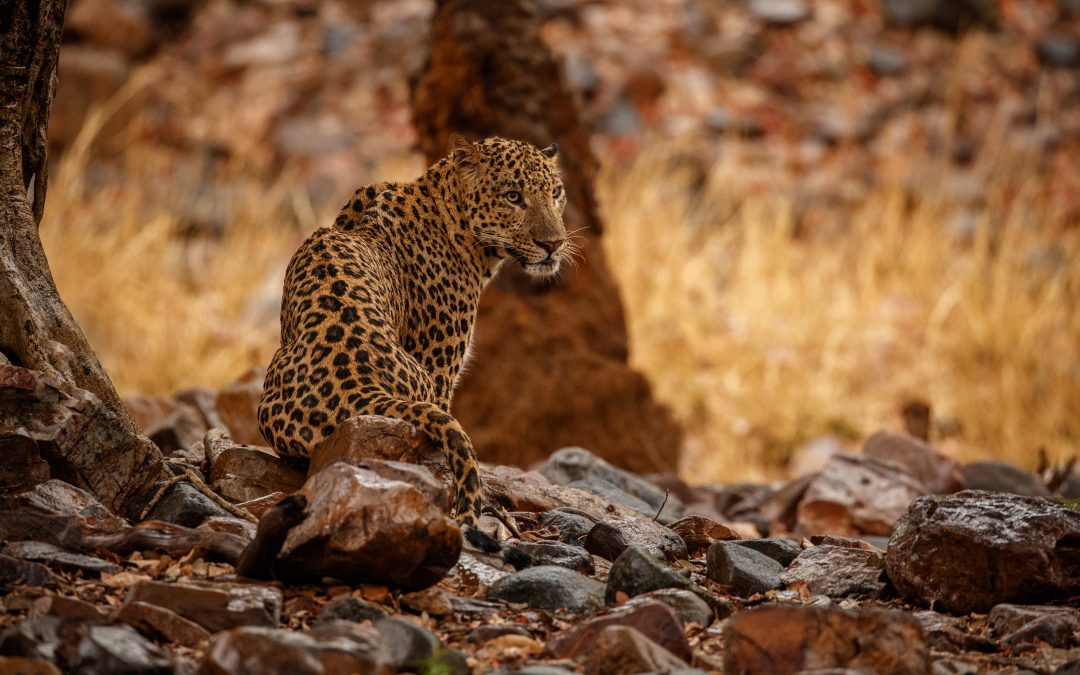Mysore during this week has attracted thousands of awestruck visitors to watch the famous Dasara procession. A palanquin which is a litter of gold for the idol of the City’s deity is carried by elephants. Tribes in and around Mysore gather to celebrate folklore, a harvest festival and the fall of a demon King.
As a Mysore lad, I had the privilege of participating in this traditional, century old procession on two occasions. The joy of being a part of a gang in the midst of a victorious trance; a trance that can keep you performing all day long and across the length of this grand old city, basking under the attention of thousands. As I go back and sit amidst that rapt tourist gallery, and now watch another young performer in the great swarm of humans, just like an individual ant that is quite insignificant in the colonial processions that crawl by; looking like legion after legion of wonderment.
For an individual ant, it is indeed a participative trance, collectively as a social animal, the task is to make a successful procession. Living a thousand miles from Mysore in Satpura today, I haven’t missed a dab of the festive moment when I stumbled upon a procession that has a long history that stretches over millennia.
Our deity here is a golden coloured caterpillar of an uncommon butterfly on an Arjuna tree. The Large Oakblue (Arhopala amantes) butterfly is always exciting for a naturalist in any of its metamorphic stages. The peak of excitement however, is to find its caterpillar or even better its pupa! I bet it is much more sacred than the Goddess of Mysore, as very few have ever gotten a darshan of the elusive caterpillar!
These arboreal tree ants in their trance have an incredibly painful weapon that can even ward off an enthusiastic Sloth Bear. At times people taking a break under the ant’s host tree which are blissfully shaded can also invite an uncalled war. The Legions march down or drop from the canopy launching a guerrilla. How can they be this partial to a caterpillar that feeds on the leaves of their own host tree? That is a ridiculous bias. But then its Bribery! The caterpillar has several glands across its segments that offer a special secretion for the arboreal Weaver ant (Oecophylla sp).
The extent of devotion that these ants go to in their trance is this, they keep guard by holding the leaves while the caterpillar feeds. And take this palanquin back to their nest until it completes pupation and emerges as an adult Large Oakblue.
Coincidentally, I have observed Weaver ant nests on a few species of trees that the Large Oakblue considers hosts. Jamun, Arjuna, Saaj and Sal in Central India and Almonds in South India are often the guerrilla fortresses of the Weavers and the not-so-evident Oakblue caterpillar nibbles away in its palanquin. Who came up with this amazing natural association? Ants have given in to the treat that the caterpillar offers and the caterpillar in return enjoys a formidable infantry’s protection, but the tree? I looked up for what these trees have in common; if it is the leaf structure, it’s chemicals or is it their habitat? One paper says that trees related to Almonds and Jamun produce a metabolite called tannin all over the plant body to deter herbivorous mammals and insects. However a few insects have developed physiological defences to tolerate tannin that the trees kicks in. So will this metamorphic relationship of ants-caterpillars check the tannin levels through such a detox exercise?
Many lepidopterist are as awestruck as the tourists of Mysore Dasara to watch and observe what goes on when the Large Oakblue is out on its procession with the legions of the Weaver tribes-women who carry this ancient procession and ascend the caterpillar to the throne of the ant’s fort.












Recent Comments